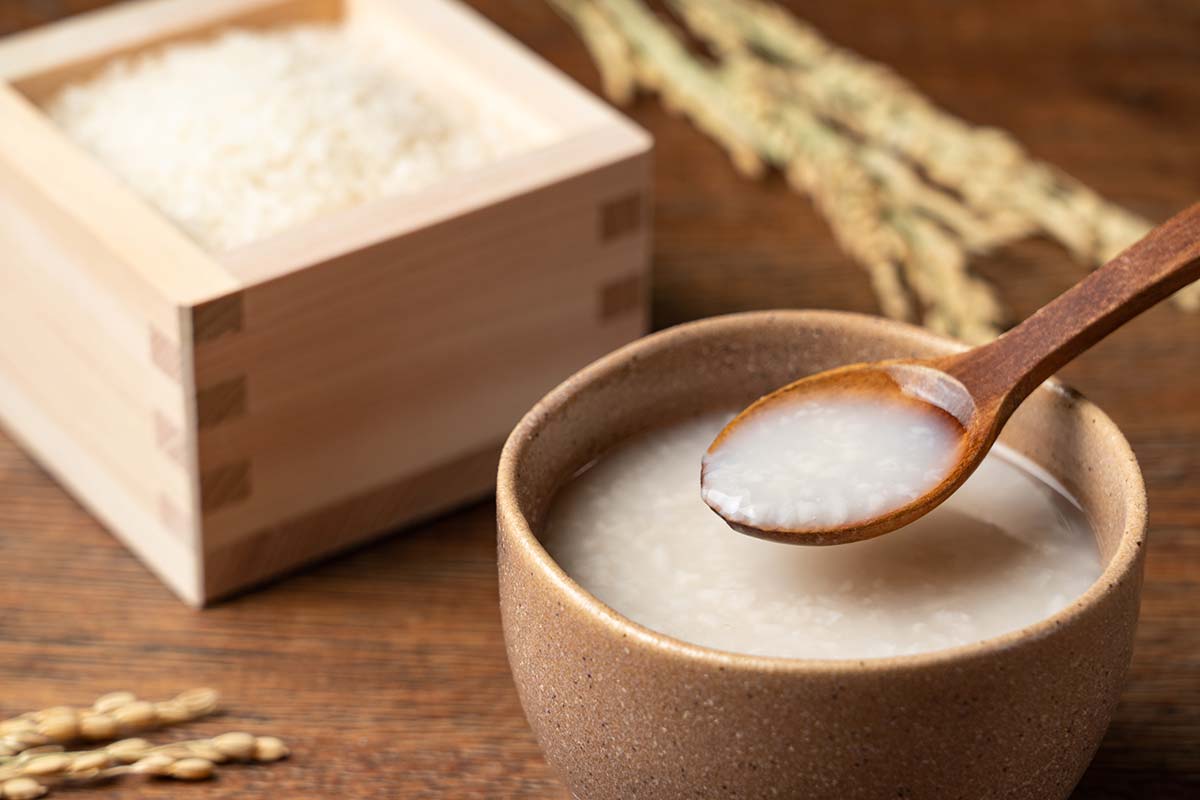Ingredients:
3 cups brown rice
1 1/2 cups dry Brown Rice Koji

Directions:
A steel stemmed thermometer will be helpful to check temperatures.
Pressure cook brown rice using 3 cups rice to 5 cups water for about 45 minutes. Or boil rice without pressure using 6 cups water to 3 cups rice for 50-60 minutes. Do not use salt in the cooking.
“To serve as Amazaké: Combine 1 part base with 1 1/2 to 1 3/4 parts water in a saucepan and bring just to a boil. Season lightly with salt, pour into preheated cups, and top each portion with a dab of grated gingerroot.
To use as a sweetener: Substitute 3 1/2 tablespoons Amazaké base for 1 tablespoon honey (or 2 tablespoons sugar) in any of your favorite preparations. Rich in enzymes, it is especially good in breads, cakes, pancakes, waffles, or muffins where it assists in the leavening process and adds a rich moistness.”
(The Book of Miso, page 162.)
PH: 413.369.4057
Information
Sign up for our newsletter, South River Currents, where we share stories, photos, recipes, videos, and more.